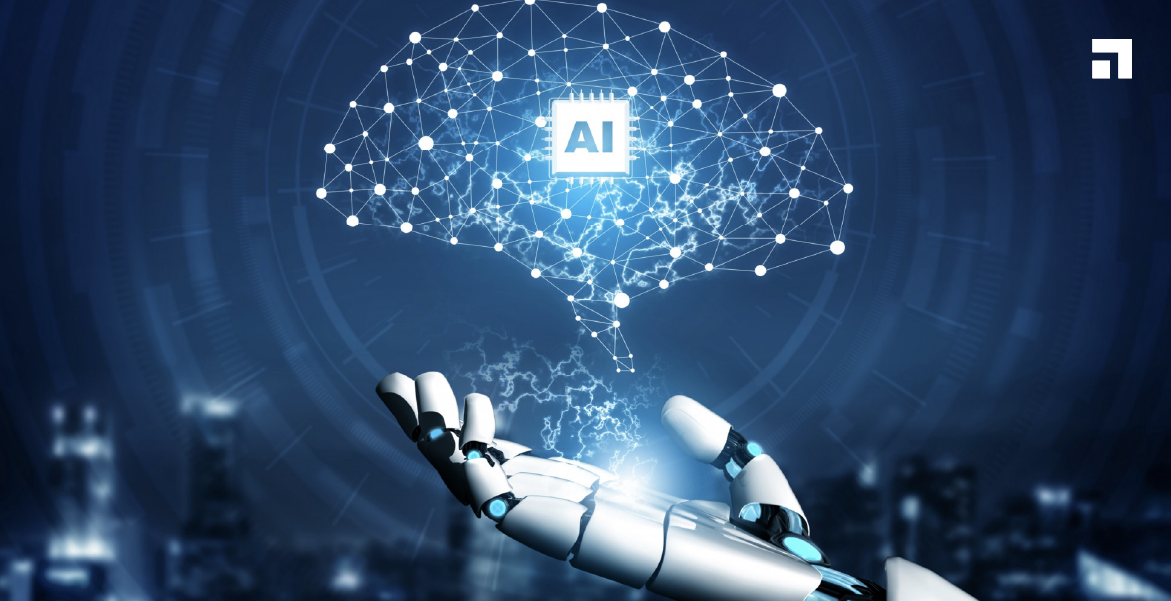
The Rise of the AI Detector: Exploring New Digital Realms
With the development of technology, we find ourselves living in a world where a machine can create a poem as well as a chatbot that can write an entire essay. In parallel, a new type of detector is emerging, which is an AI detector. With something like this, we no longer have to question whether works have been created by a human or a AI, decisions can be made using compasses.
What Does An AI Detector Do?
As any tool, it has its essence as well, uniquely defined to every creation. An AI detector is no different as it too has a core reason for existence and that is content analysis. These detectors efficiently pinpoint gaps in materials that either a human or a machine has composed. They compare document structure to word arrangements, detect errors, and monitor the pieces tone to ascertain if a machine had a part to play in producing the work. Such AI tools are becoming more and more necessary to academic instructors, editors, and entrepreneurs in their bid to authenticate the content they deal with.
Why is There a Need for AI Detection?
The rise of artificial technology is automating the way we create content. From academic essays and blog entries to product descriptions and even scripts, AI is capable of undermining human skills tangentially, producing text in superhuman speeds. While this provides new opportunities. It also requires us to consider how we address new problems such as. How does a teacher verify a student actually wrote an essay? How does a publisher safeguard that the article reflects some understanding of the world, and not just an AI cut-and-paste work?
This is the precise moment AI detectors are needed most. They perform the function of digital lie detectors and verify the writing origins.
How Do AI Detectors Work?
Even with sleek designs, AI detectors have underlying complex systems. They employ complex language models built on immense collections of human, machine, and text-writings. As with any model, these have certain capabilities:
Word predictability: as highlighted before, AI tends to go with the most plausible options. Detectors catch onto this.
Repetition: machines often iteratively produce the same phrases or sentences.
Perplexity: a measure of how “surprised” a model is by a sentence; higher perplexity is closely associated with human writing.
Practical Considerations
Used in schools across the globe, AI detectors are aiding teachers in identifying essays generated by ChatGPT and other language models. It’s not about punishing students — it’s aimed at maintaining school standards, enhancing learning, and improving critical thinking skills.
In publishing, AI detectors are implemented in newsrooms and media companies to ensure that content meets the standards set by journalists and to avoid impersonating content.
>Businesses, including marketing agencies and law firms, are employing AI detectors to confirm that their texts possess the essential human element for trust and relatability.
The Ethical Debate
The ethical questions AI detectors pose further add to the dilemma. What if someone is falsely flagged for cheating, and what would happen then? If a human supervised the process, could any text be deemed original if parts were produced by AI? Changes made to AI content generators raise such doubts, creating a gray area for protecting authenticity and welcoming tech advancements while striving to strike a balance.
AI is continually improving; new models are writing in ways that emulate human emotions, flaws, and tones. Content creators and detectors have to outsmart each other, which results in a never-ending cycle.
The Advancement of AI Detection Technology
The future looks different. In the next few years, the implementation of AI detectors will be incorporated into email services, publishing applications, and more. With proper adjustments, AI detectors will be able to recognize when content requires ‘humanization’ and provide suggestions to bring forth better empathy, originality, and clarity.
At the same time, there could be an increase in blur writing – text produced through the merging of AI and human efforts. In this scenario, the role of AI detectors might change from determining authorship to judging the text’s quality, bias, and tone.
In Conclusion
An KI detector is not simply a tool for surveillance; it is also a guide, a guard, and a tool for engaging discussions. The issue at hand is one of identity in the coexistence of humans with machines wheels. What does it really mean to write, to create, or to express?
As long as AI keeps creating and having conversations. We will need an AI detector to act as our window beyond the world of pixels and algorithms. For educators, for journalists, or for any reader out there, a single answer shines through.









Leave a Reply